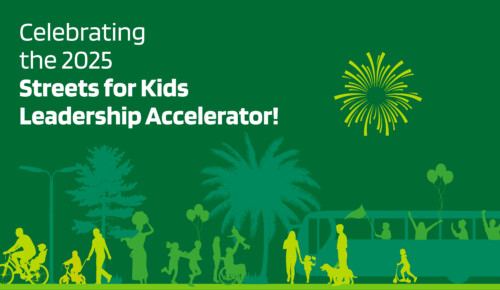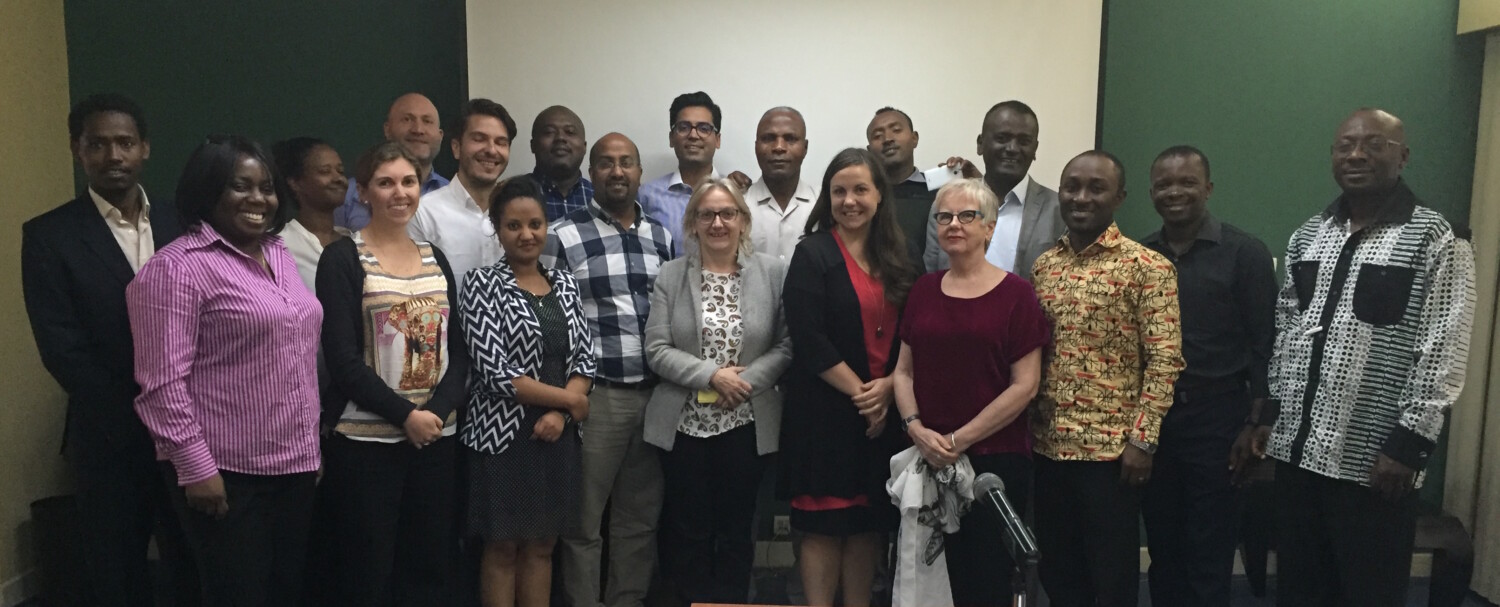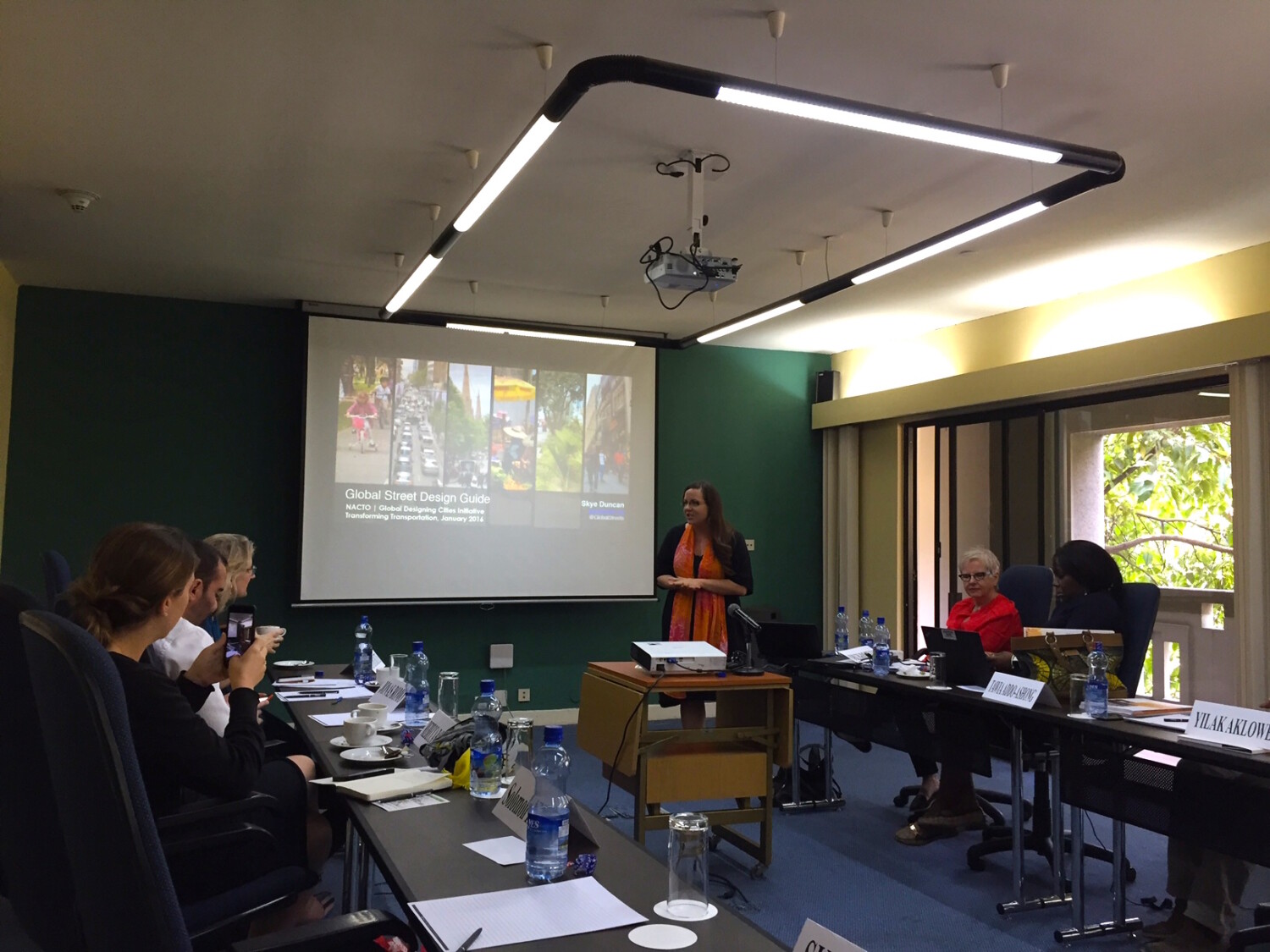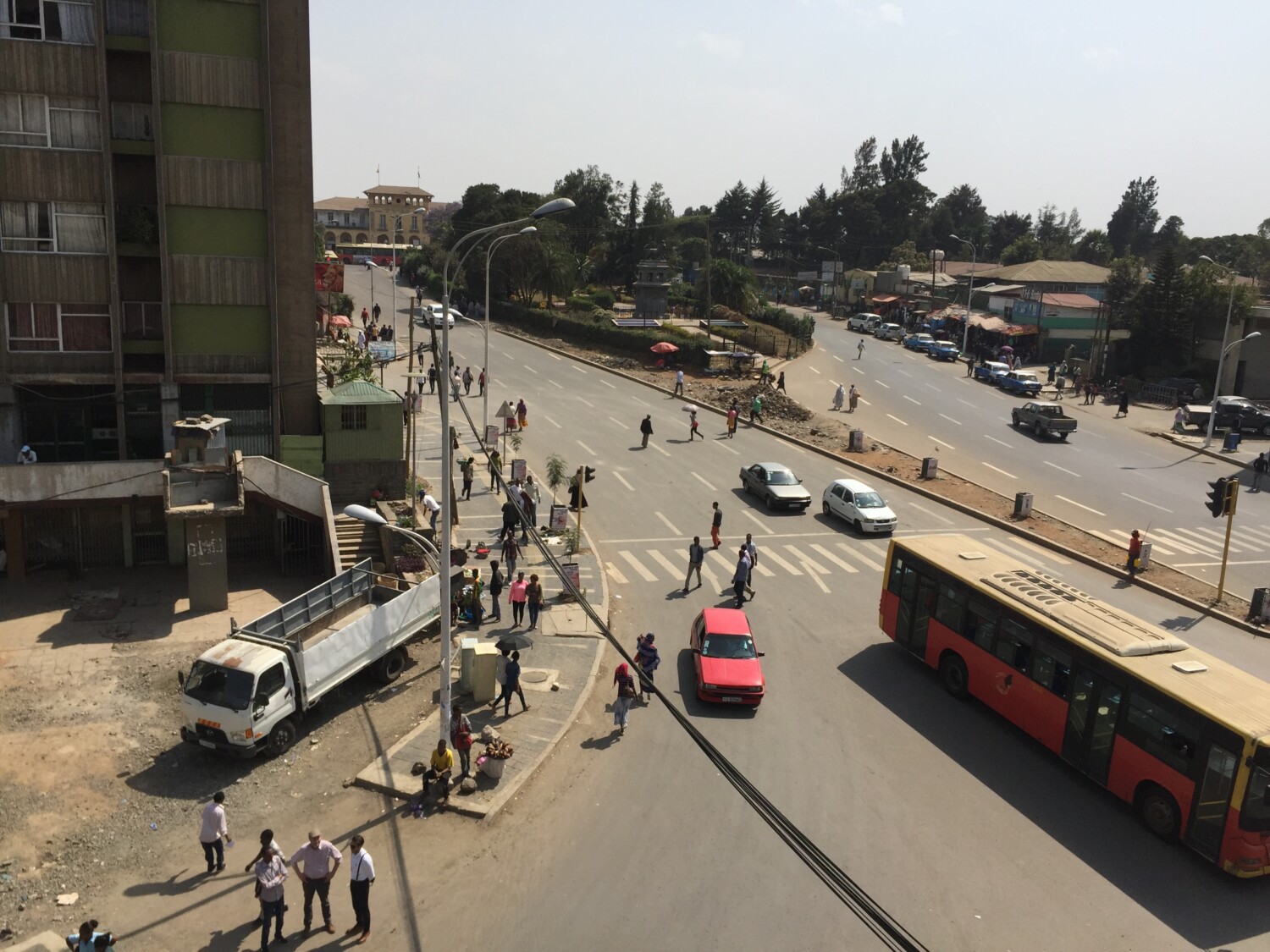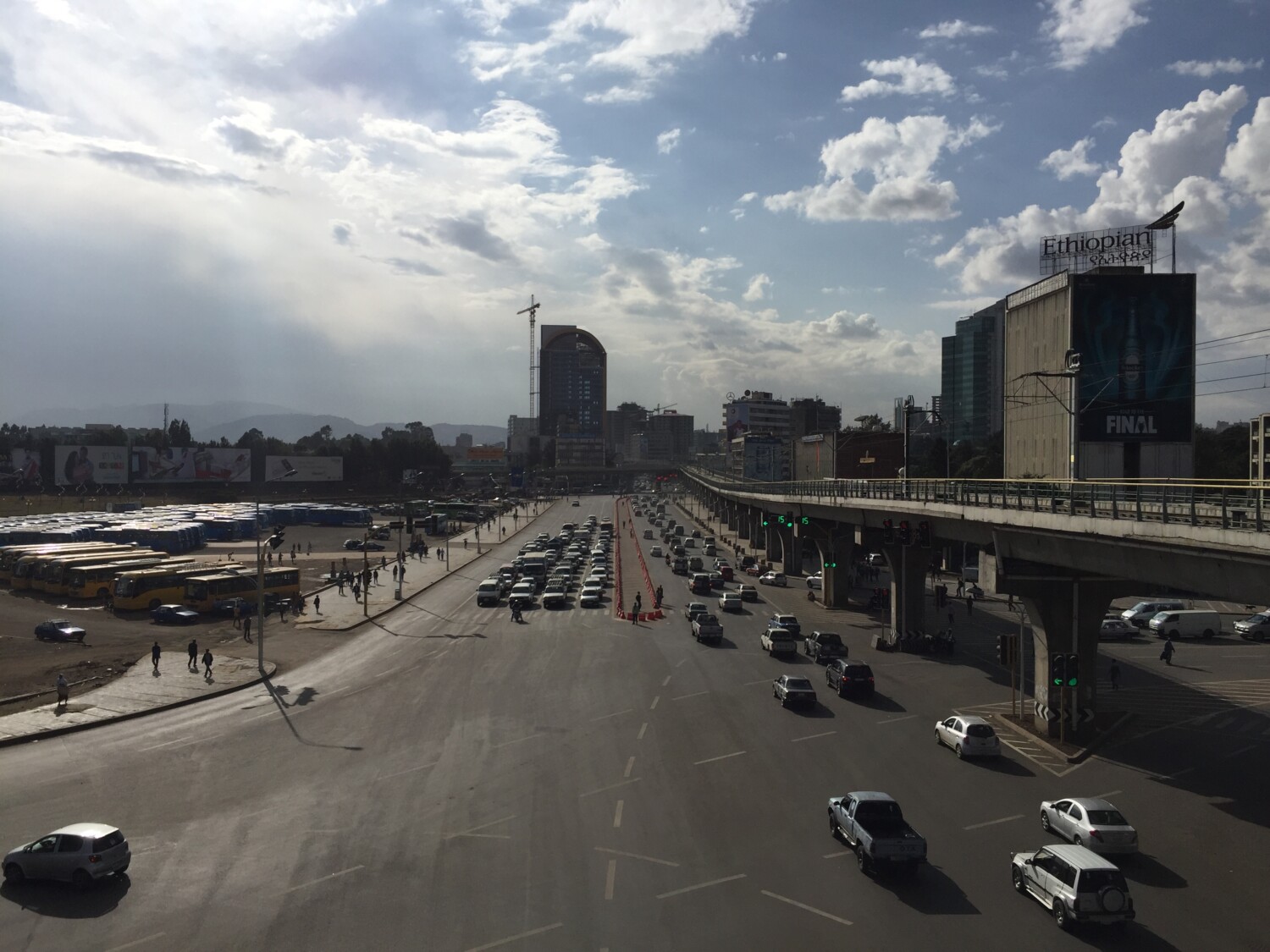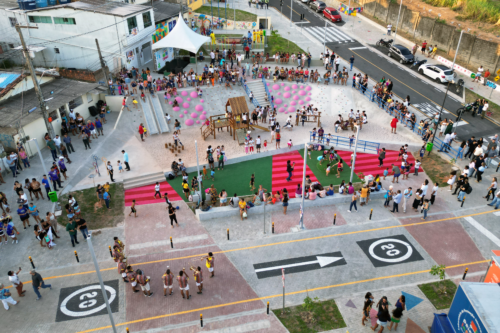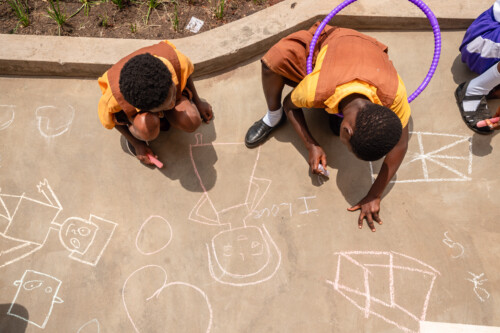The Global Designing Cities Initiative is pleased to announce that it has selected Addis Ababa as one of its three cities for technical assistance under the Bloomberg Initiative for Global Road Safety for 2016. The GDCI team, Skye Duncan and Abhimanyu Prakash, flew down to Addis Ababa last month to kick off the first of the Regional Trainings for Africa. A three day training for the embedded staff from Accra, Ghana and Addis Ababa, Ethiopia, conducted by Vital Strategies, saw a series of presentations, hands on workshop sessions, site visits, and discussions around creating a roadmap to safe streets and safe mobility in these cities.
The city officials are dedicated towards reducing speeds, designing better pedestrian infrastructure, and lowering serious injuries and fatal crashes on its streets and around 150 intersections. They have already identified key corridors and 27 intersections in need of immediate attention and have started pulling together technical and financial resources to redesign these sites. GDCI in collaboration with World Resources Institute and IRAP at World Bank will be assisting the various city organizations through capacity building workshops, design reviews and recommendations, and will help the city build its own set of design standards for all users of the street.
Site visits and meetings with various city organizations over two weeks revealed interim measures being already adopted by Addis Ababa around safety improvements and traffic operations. The Wossen Groser Corridor has received speed bumps at frequent intervals slowing vehicular traffic and heavy goods vehicles in particular. The infamous Meskel Square (see image below) has changed drastically over the last year and has witnessed the installation of traffic signals and ghost medians, complemented with lane markings that not only regulate traffic flows but have also started the trend towards safer streets for all users.
